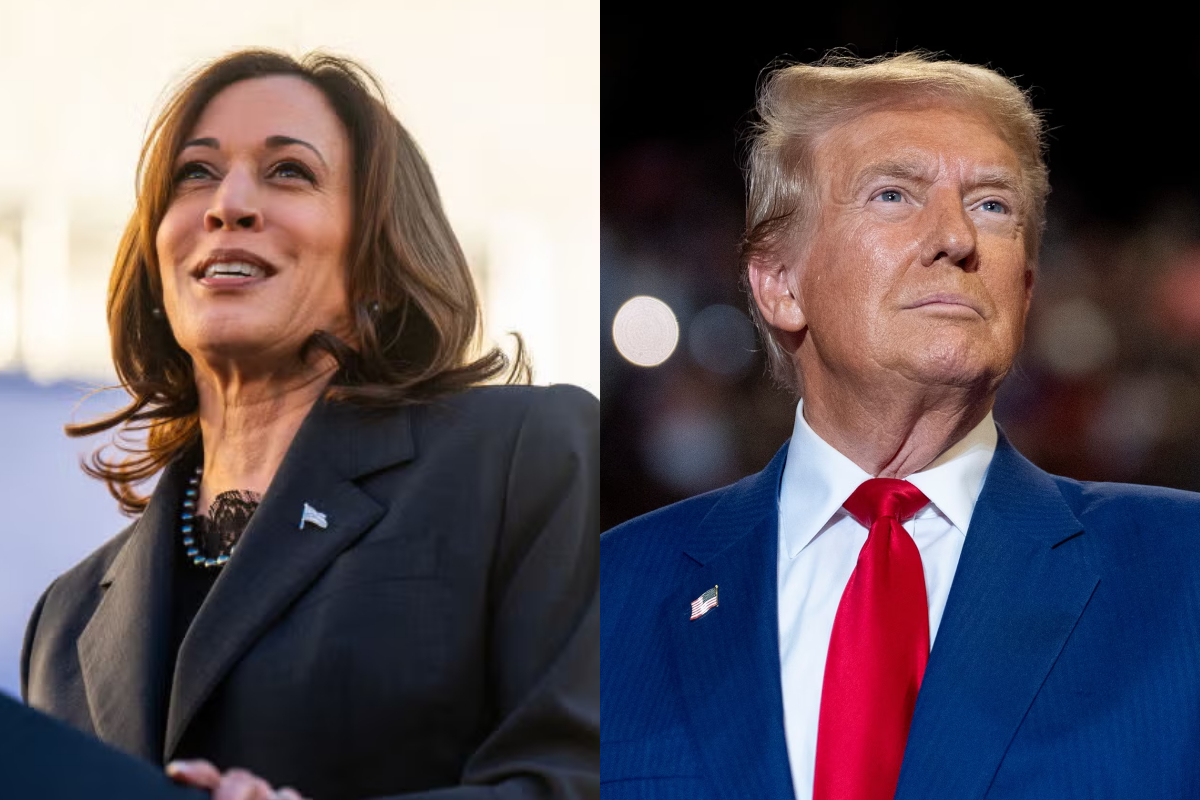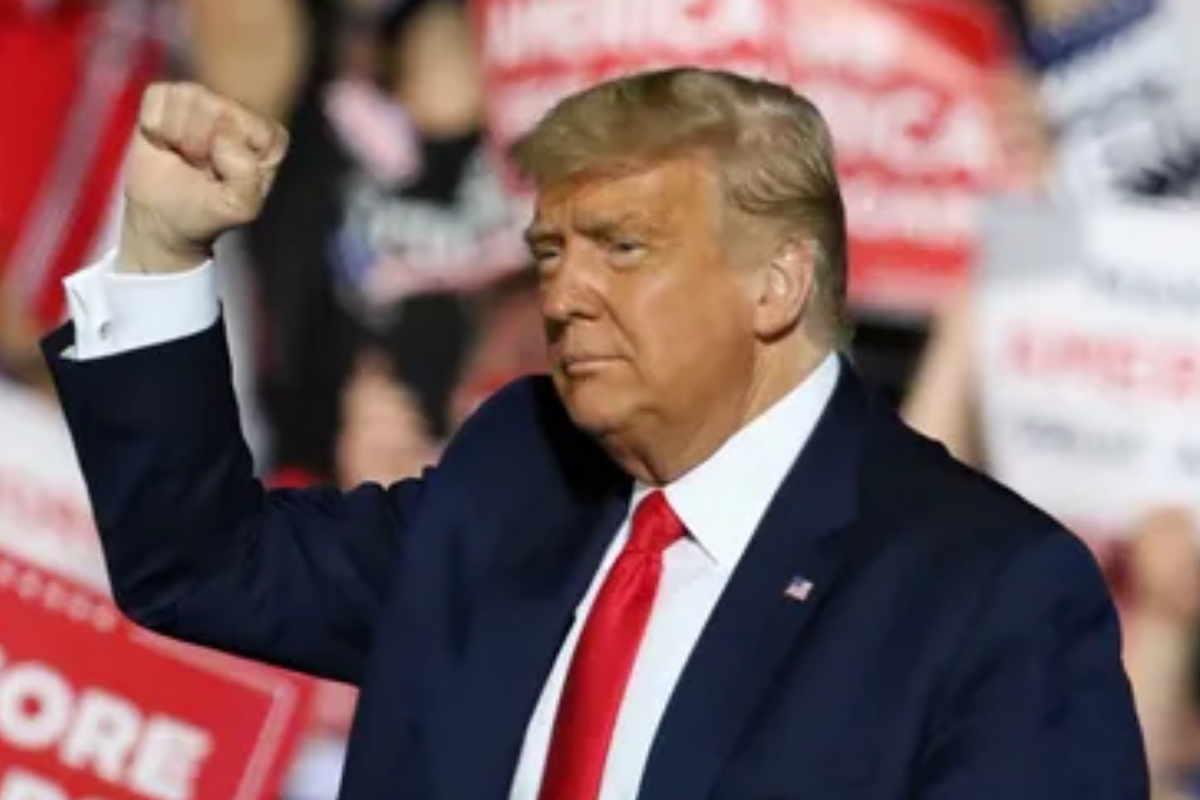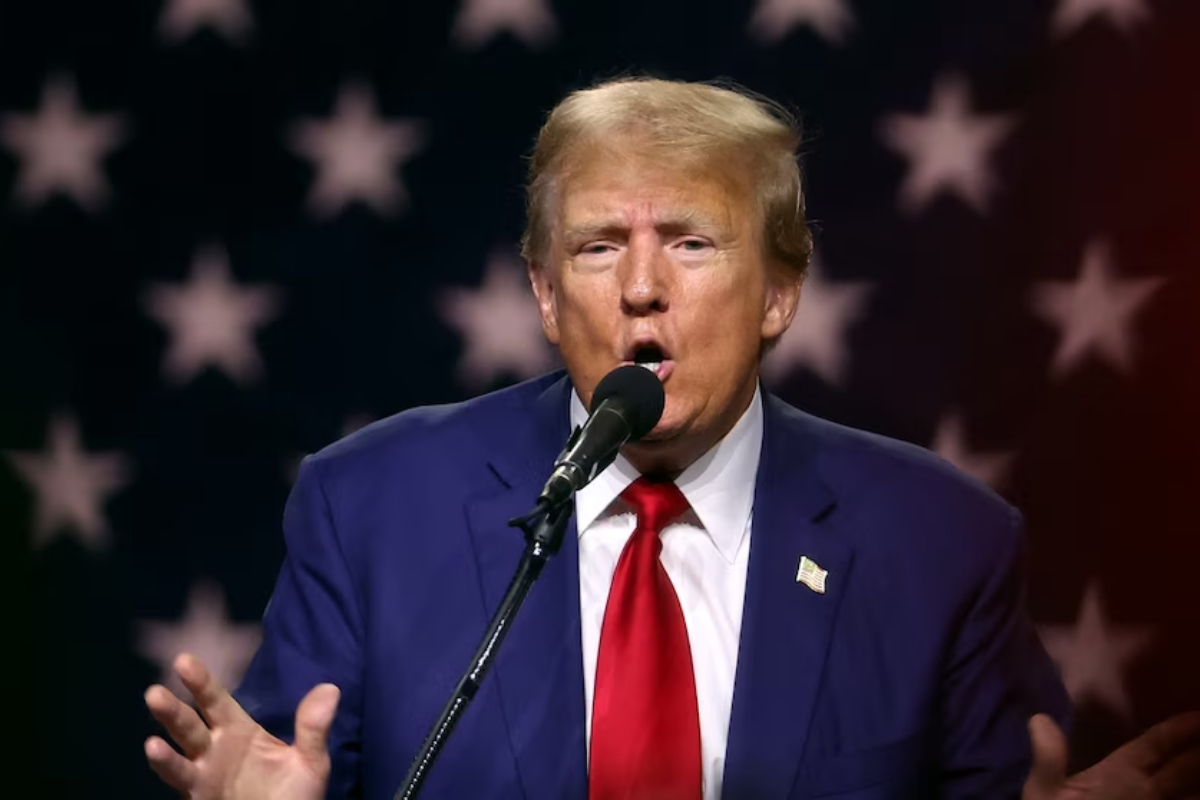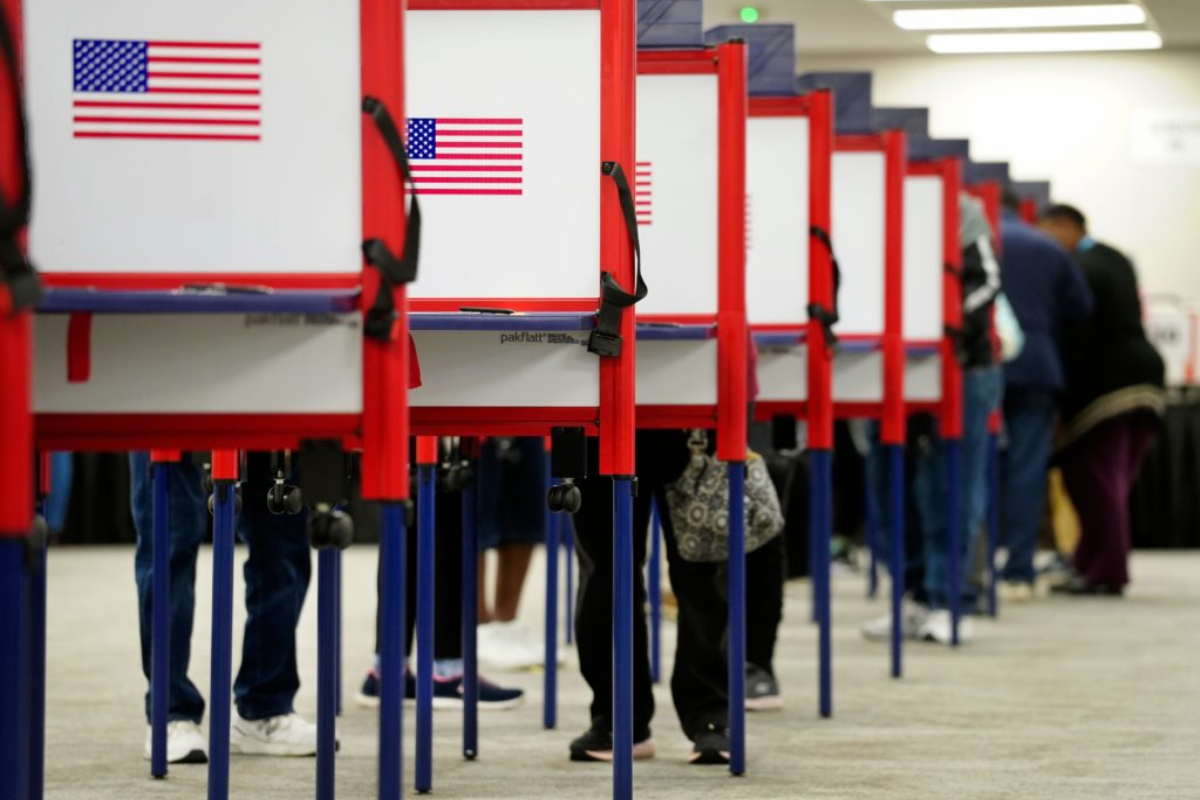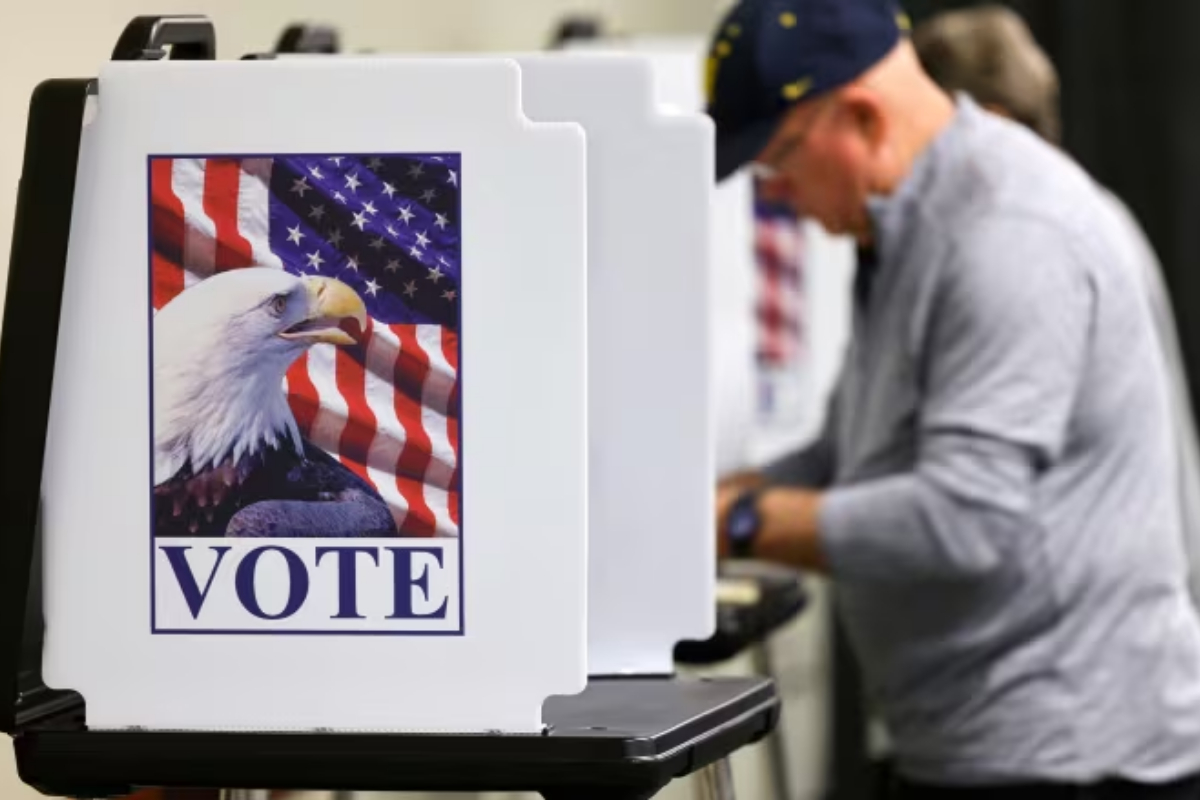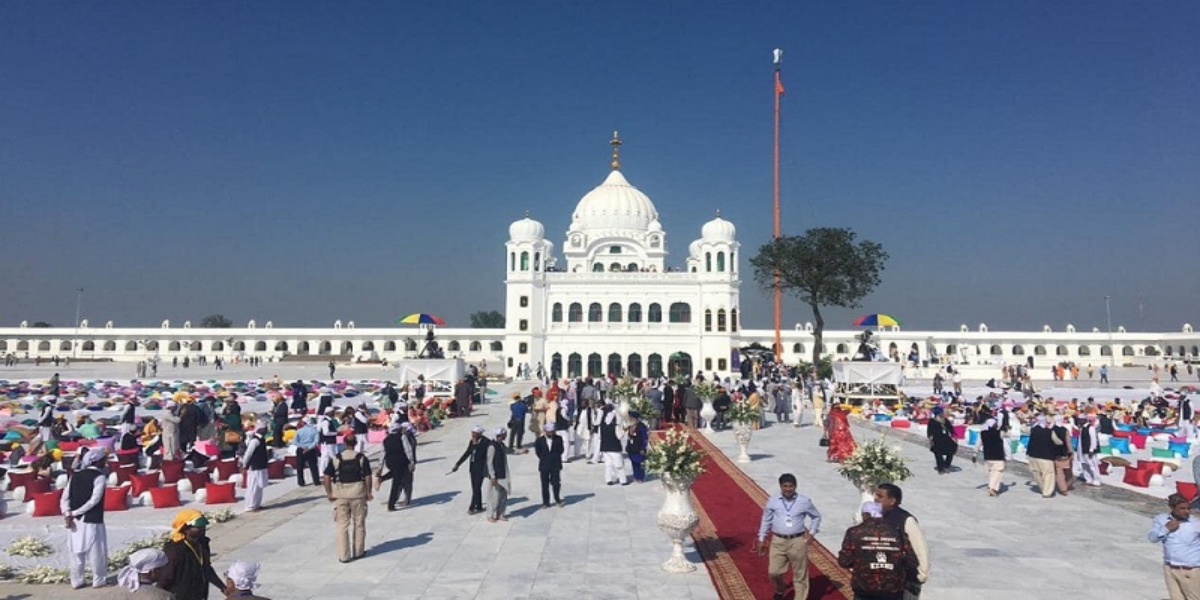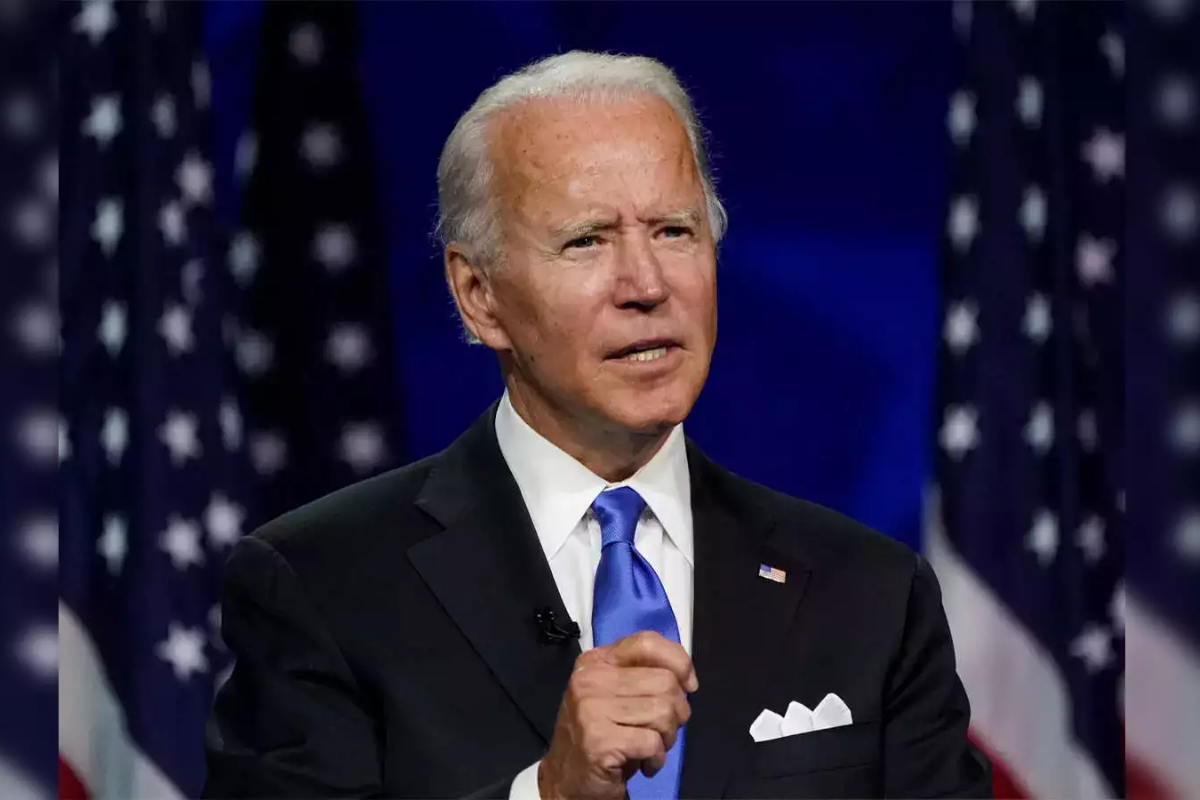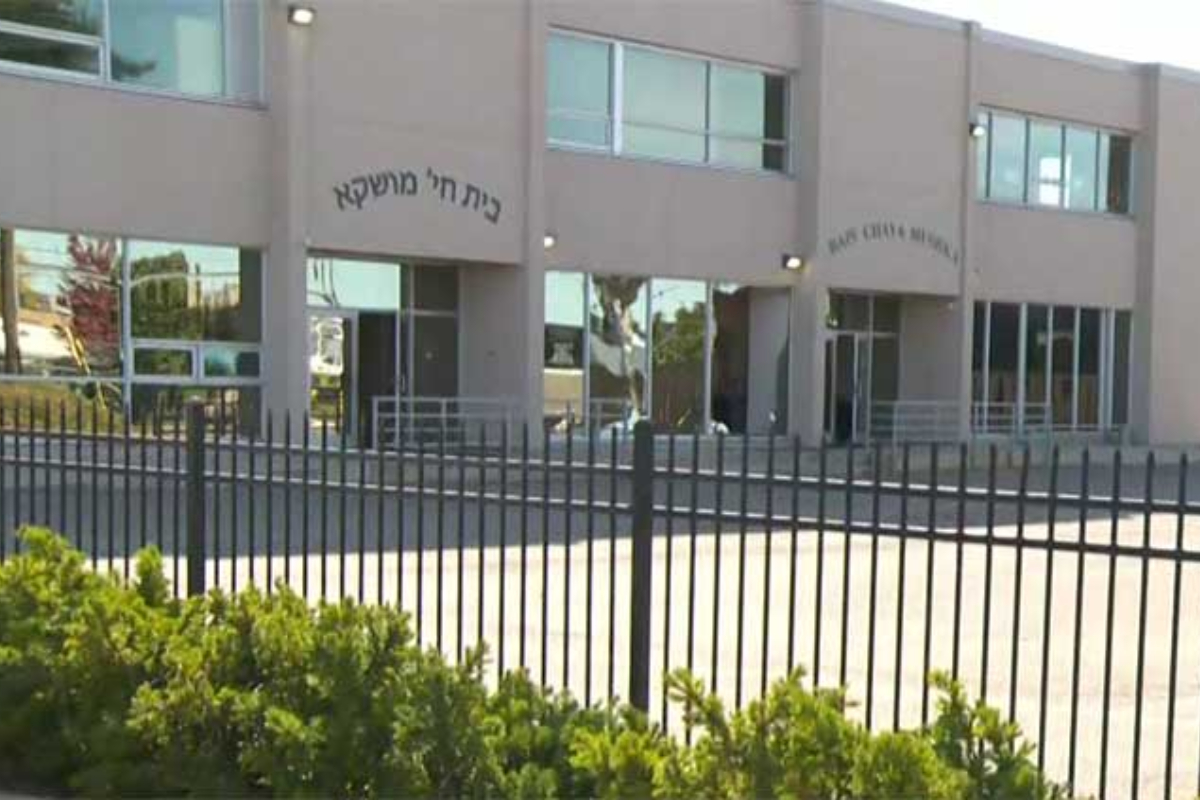- Roberts did not address the abortion ruling specifically.
- Legislators enacted laws enhancing security protection.
- The statute is named after Daniel Anderl.
Following the leak of the Supreme Court ruling that finally removed constitutional safeguards for abortion, he and other conservative justices came under fire.
Chief Justice John Roberts on Saturday applauded programmes that safeguard judges, saying that “we must support judges by protecting their safety” in light of security threats against Supreme Court justices that are still recent memories.
Following the May leak of the court’s ruling that finally removed constitutional safeguards for abortion, Roberts and other conservative Supreme Court judges were the target of protests, some of which were held at their residences. Conservative judges were now “targets for assassination,” according to Justice Samuel Alito, as a result of the leak. And in June, a man who had threatened to kill Justice Brett Kavanaugh, whose vote was crucial in overturning the court’s Roe v. Wade ruling, was detained close to his home after being found with a revolver, a knife, and zip ties.
Roberts did not address the abortion ruling specifically in his customary year-end report on the federal court, but it was obvious that the case and the response to it were on his mind.
“There is no requirement to concur with judicial rulings in a free country; they speak for themselves. Indeed, we justices frequently disagree with our colleagues’ judgements — sometimes strongly — and we explain why in public papers about the cases we are considering, Roberts said.
Public faith in the court is at an all-time low, according to polls conducted after the abortion ruling. Justices Elena Kagan and Sonia Sotomayor, two of Roberts’ liberal colleagues who dissented in the abortion decision, have stated that the court should be cautious about precedent-setting and seeming political.
Legislators enacted laws enhancing security protection for the justices and their families in response to the leak and threat against Kavanaugh. Separately, in December, lawmakers approved laws to safeguard federal judges’ private information, including their addresses.
The statute is named after Daniel Anderl, a 20-year-old who was murdered at his family’s New Jersey home by a man who had previously appeared before U.S. District Judge Esther Salas.
Roberts commended Congressmen “who are addressing the concerns of judicial security.” Programs that safeguard judges, he added, are “vital to the operation of a court system.”
Roberts recounted the case of Judge Ronald N. Davies, who ordered the integration of Little Rock Central High School in Arkansas in September 1957, in a piece he wrote about judicial security. Following the Supreme Court’s decision in Brown v. Board of Education that segregated schools were unconstitutional, Davies’ decision denied the attempt by the governor of Arkansas, Orval Faubus, to halt school integration.
According to Roberts, Davies “was physically threatened for upholding the law,” but the judge was “uncowed.”
A legal system should not and cannot be based on fear. The events in Little Rock demonstrate the value of establishing authority by law as opposed to mob rule,” he stated.
Roberts mentioned that efforts are being made by officials to recreate the courtroom Davies presided over in 1957. The judge’s bench that Davies sat on and other courtroom antiques have been saved, according to Roberts, and will be placed in the newly constructed courtroom in a federal building in Little Rock “so that these essential relics will be used to hold court once more.”
However, he added, the judge’s bench will first be on display as part of an exhibit at the Supreme Court starting in the fall and continuing for a number of years.
Thurgood Marshall’s monumental efforts as an advocate will also be covered, along with the history of racial segregation and desegregation in the United States, according to Roberts. In 1967, Marshall, who argued Brown v. Board of Education, was appointed as the first Black justice on the Supreme Court.
The Supreme Court is still debating challenging racial problems. This term’s cases on affirmative action are expected to be used by the court’s conservative majority to overturn long-standing rulings that permit institutions to consider racial diversity when making admissions choices. The federal Voting Rights Act of 1965, the pinnacle of the civil rights movement, might be weakened in another case, according to the justices.
On January 9, 2023, the justices will hear the opening arguments of the year.
[embedpost slug=”us-supreme-court-signals-biden-to-end-trump-era-immigration-rule/”]












